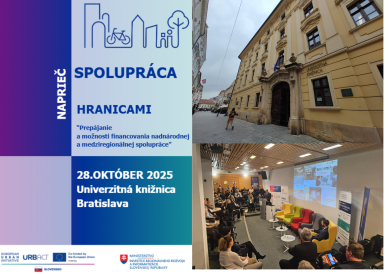What's new
Check URBACT's latest stories, updates and events!
-
-
-
Event
Urban greening and No Net Land Take - Schrijf u nu in voor ons seminarie
Het programma loopt van 9.30 tot 17.30 uur en omvat keynote speeches over de ontwikkeling van groene infrastructuur die bijdraagt aan het bouwen van leefbaardere steden en tegelijkertijd het doel van NNLT nastreeft. Verschillende projecten en strategieën zullen worden gepresenteerd aan de hand van lokale casestudy's uit België en Europa. De presentaties zullen in het Engels worden gehouden.
EventUrban greening and No Net Land Take - Inscrivez-vous dès maintenant à notre séminaire
Le programme se déroula de 9h30 à 17h30 et comprendra des exposés sur le développement des infrastructures vertes qui contribuent à rendre les villes plus agréables tout en poursuivant l'objectif de Zéro Artificialisation Nette (ZAN). Divers projets et stratégies seront présentés à travers des études de cas en Belgique et en Europe. Les exposés se dérouleront en anglais.









